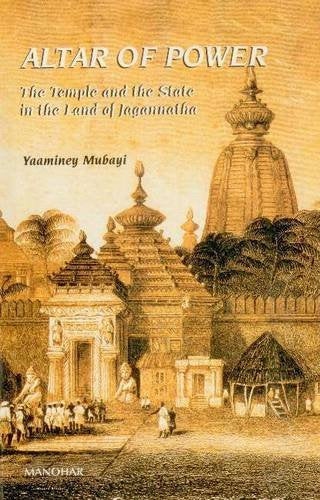ALTAR OF POWER: THE TEMPLE AND THE STATE IN THE LAND OF JAGANNATHA
ALTAR OF POWER: THE TEMPLE AND THE STATE IN THE LAND OF JAGANNATHA
Couldn't load pickup availability
Is it possible to remove political institutions from their cultural context? The question is a relevant one in the wake of recent debates on the role of religious and social identities in the functioning of the modern Indian state. The ritual bond between the Jagannatha Temple, Puri and the Gajapati kings of Orissa aptly demonstrates the enduring power of such a link. This book explores the evolution of this relationship since the construction of the Temple by Anantavarman Codagangadeva in AD 1147, until the takeover of Orissa by the British East India Company in 1803. When this link was taken over by the colonial regime we see a fundamental shift in the premise underlying the Temple-State relationship. Certain institutes were retained to promote the notion of the 'Compact Ideal'. Yet these were bereft of their contextual framework. The Gajapati raja was removed from the throne but was given authority over Temple functioning
Share

